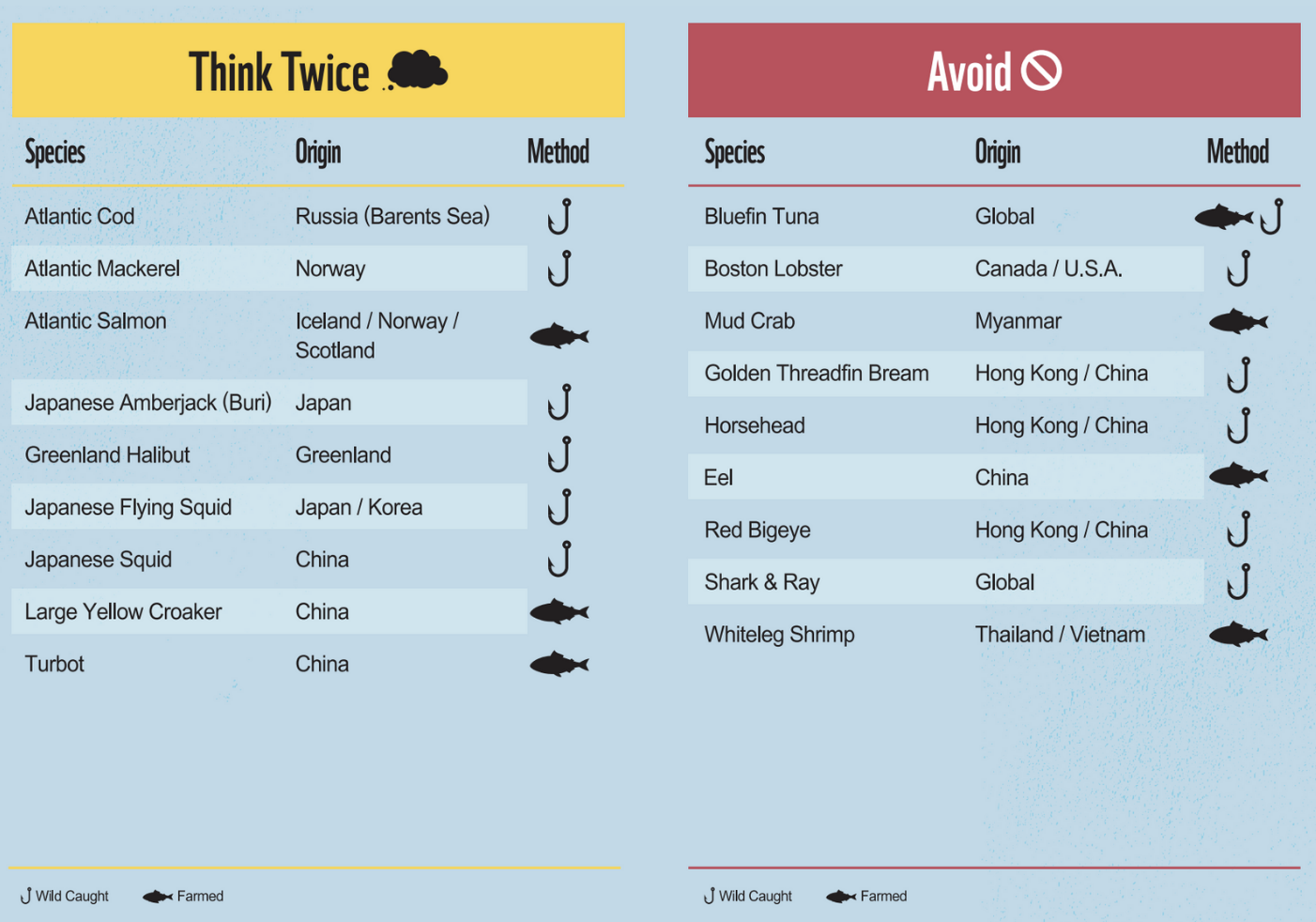


{{ 'fb_in_app_browser_popup.desc' | translate }} {{ 'fb_in_app_browser_popup.copy_link' | translate }}
{{ 'in_app_browser_popup.desc' | translate }}
{{word('consent_desc')}} {{word('read_more')}}
{{setting.description}}
Due to SF policy change, SF remote area surcharge will be paid by us still, details click here
Order Checkout Notes: When selecting a delivery option, please carefully choose the district, as incorrect information will affect your progress to checkout
We proudly present our locally bred Ping Yuen Chicken, Tin Hong Chicken. For the best chickens, come to us!
Due to SF policy change, SF remote area surcharge will be paid by us still, details click here
Order Checkout Notes: When selecting a delivery option, please carefully choose the district, as incorrect information will affect your progress to checkout
We proudly present our locally bred Ping Yuen Chicken, Tin Hong Chicken. For the best chickens, come to us!
Due to SF policy change, SF remote area surcharge will be paid by us still, details click here
{{ childProduct.title_translations | translateModel }}
{{ getChildVariationShorthand(childProduct.child_variation) }}
{{ getSelectedItemDetail(selectedChildProduct, item).childProductName }} x {{ selectedChildProduct.quantity || 1 }}
{{ getSelectedItemDetail(selectedChildProduct, item).childVariationName }}



Help
Your First Time Shopping Tips 🙋🏻♀️
Delivery Schedule 🚚
Your Orders 📦
Payment Instructions 💳
Your Feedbacks 🌷
Resolution Centre 🤝
Delivery Arrangement During Typhoon 🌬
About Medical Information
Privacy Policy
Contact
Telephone / 35651770 / 94697496
Address : Mailbox No. 55, Ma On Kong Tsuen, Pat Heung
Office Hour / 9am-8pm
Email / info@healthyexpress.hk











Please note that we will not notify you of changes to your payment method by phone or text message. Please check for the latest fraud prevention tips.
Copyright © 2022 Healthy Express Organic Shop. All rights reserved.